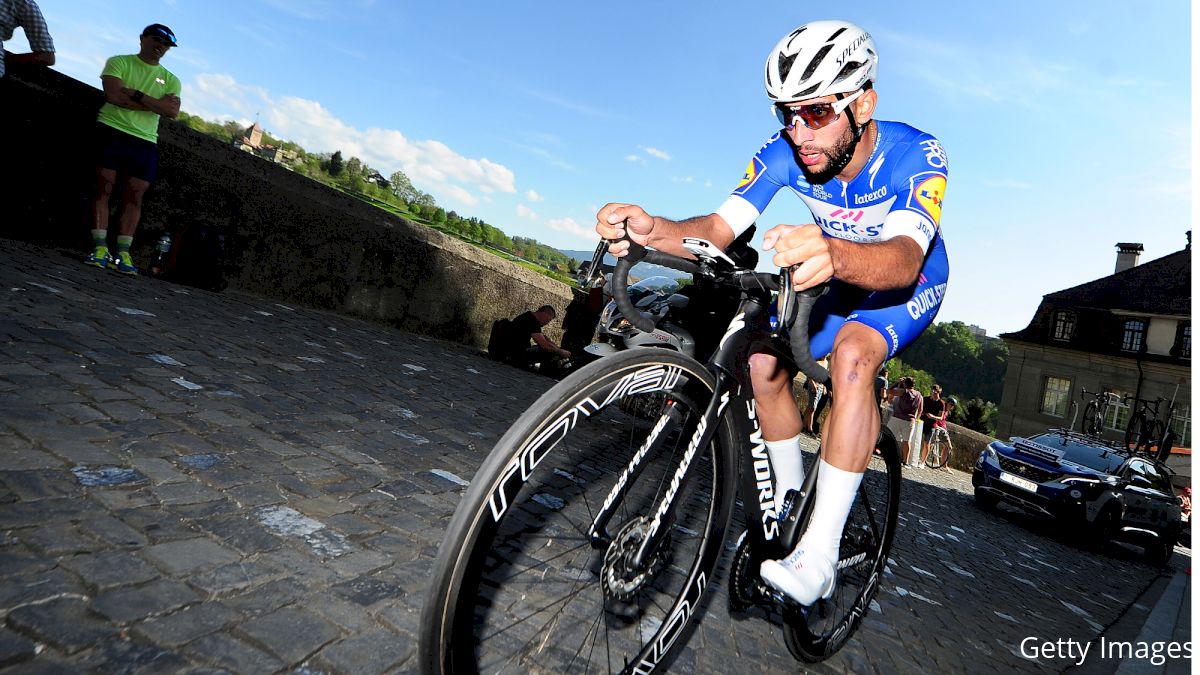What Is A Cycling Power Meter?
What Is A Cycling Power Meter?
If you're serious about tracking your workload on the bike, you'll want to get yourself a power meter.

Since bikes have no engines, their source of power comes from you! Cyclists who are keen on keeping track of their energy output and workload should definitely consider the benefits of getting a power meter for their bike. This is a good way to gauge how hard that engine -- you -- is working! It operates by calculating the wattage your cycling generates with each pedal.
Why Use a Power Meter?
Whereas keeping track of heart rate can be tricky and impacted by various factors such as sleep, caffeine intake, stress levels, or whatever else, tracking the power of your cycling is an exact measurement. This helps riders tailor specific workouts based around their power measuring statistics on the bike. Keeping track of your numbers is an easy but important thing to do with your power meter, and responding to the data will help your development as a rider in whatever capacity you're interested in.
How Exactly Does a Power Meter Work?
The meter works with a simple formula that goes: POWER = (FORCE) (DISTANCE) / (TIME)
The force is calculated by the amount of torque the rider's legs produce when pushing down on the pedals. This happens when "strain gauges" in the meter use electrical impulses to measure the amount of deflection inside the meter.
Accelerometers in the meter log the RPM by recording the revolutions per minute at either the cranks or at the wheel. Whatever that number comes out to be multiplies with the force calculated and then is displayed on your power meter screen.
Things To Consider
When you buy a power meter, you'll likely want to ensure that you're getting one that gives accurate and consistent feedback. Look at the "+/- X %" scores to view the accuracy levels; these are generally displayed somewhere on the product.
Frankly, accuracy matters more if you're trying to compare your numbers with other riders, and consistency is what truly matters. If you're getting inconsistent results from your power meter then it is going to be tough to determine exactly how you need to improve your riding and what areas you need to work on. This also makes it extremely hard to track your performance from day to day, or week to week.
Calibrating your meter frequently is the best way to ensure consistency from ride to ride. This is pretty easy to do; just hit the "zero offset" option on the meter and it will re-balance itself, much in the way that a scale does so. If you don't reset the meter before every ride, try at least to do so once a week. For best results, calibrate the meter in the sort of climate you'll be riding in. If it's freezing cold outside, don't set it inside where it is warm. And if it's scorching hot outside, try to avoid setting it in the air-conditioned interior of your residence.
Getting a power meter can be a big step in your development as a rider, so long as you remember to record your results and take good care of the meter itself!